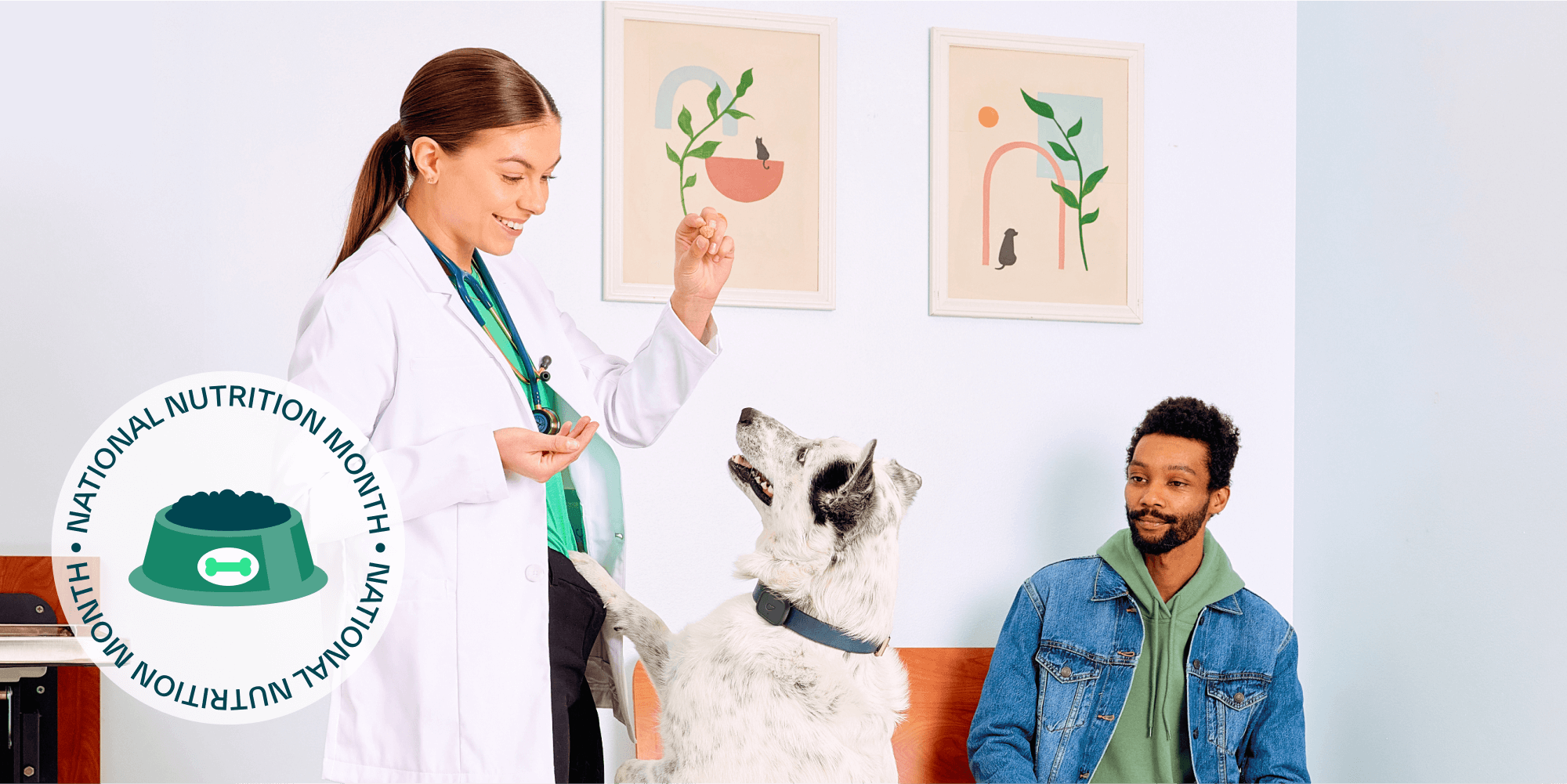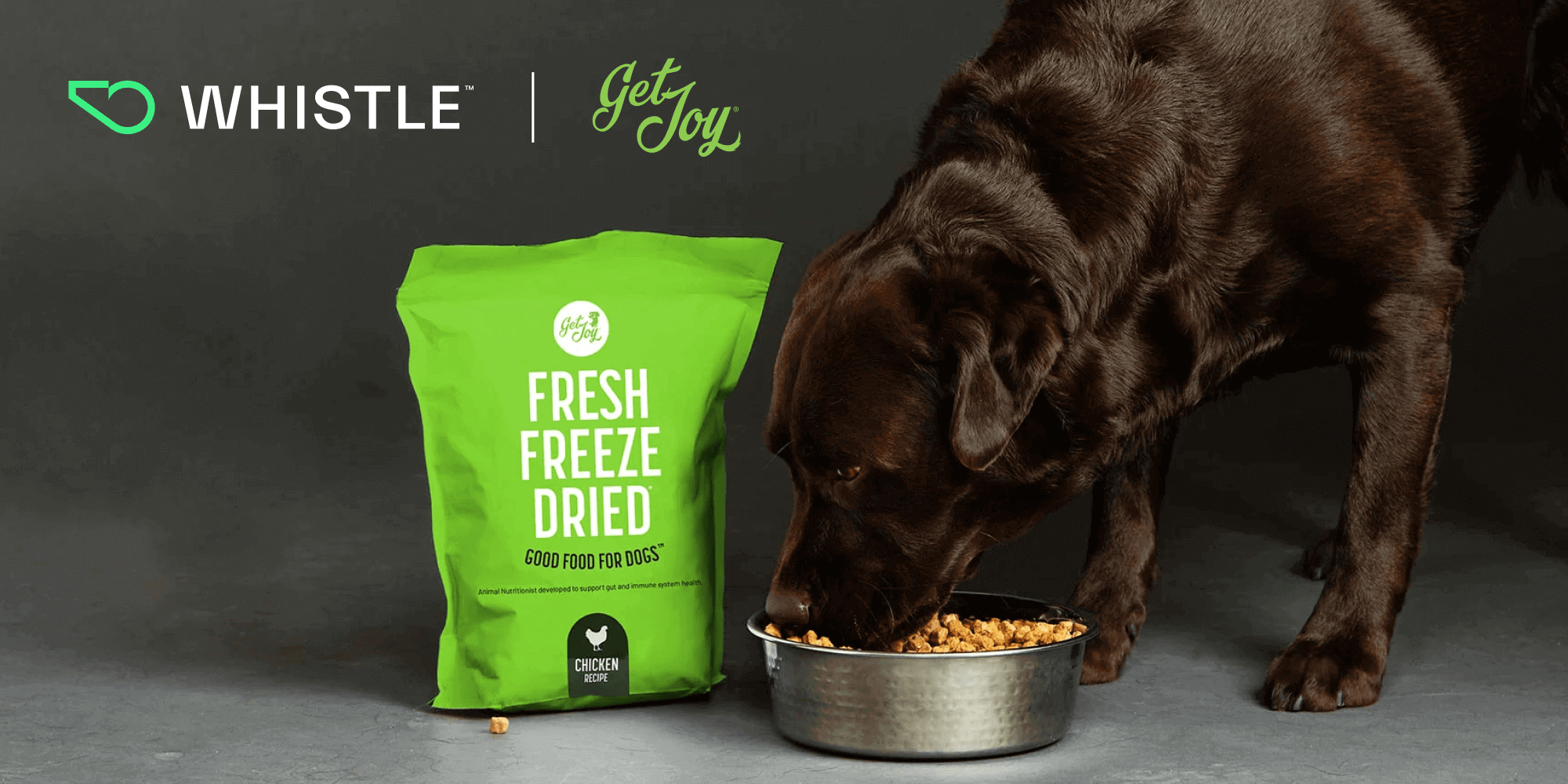How Can I Tell If My Dog Is Sick?

When it comes to detecting illness in dogs, the visible symptoms like vomiting, diarrhea, or fever are straightforward indicators. Depending on the reason for the illness, these non-specific signs can appear with minor issues or after an illness has advanced. This can make early intervention challenging.
The real opportunity lies in identifying the subtle early signs of discomfort or illness. Early intervention in many conditions leads to less discomfort, and in many cases a better outcome for treatment. Innovative health monitoring technologies like Whistle can be helpful in this process.
Understanding Subtle Signs of Illness
Dogs, much like their wild ancestors, are adept at masking pain and discomfort, which can make early signs of illness difficult to detect. These subtle signs may include minor changes in behavior such as a decreased enthusiasm for walks or a slight reduction in playfulness. While these changes might be easy to overlook or dismiss as normal variations in mood, they can be early indicators of health issues.
The Role of Health Monitoring Technology
Technologies such as Whistle's health monitoring are revolutionizing how pet owners and veterinarians understand and monitor canine health. These devices not only track physical activity but also analyze behavior patterns and routines to spot deviations that might indicate health problems.
Implications for Early Detection and Intervention
By providing objective data about activity and other behaviors like sleeping, eating, and drinking. Whistle helps pet owners catch early trends that might indicate closer observation or a trip to the vet may be needed. For example, a dog that has been much less active for a week and vomits once is much more concerning than a dog that has purged a poor food choice and still acts normally.
Detailed monitoring can help answer the question of how urgent this issue might be and allows for timely veterinary checkups. For veterinarians, this data can provide important history to support more tailored diagnostic and treatment plans, enhancing overall care.
Integrating Technology and Veterinary Care
The integration of activity tracking technology in veterinary care is more than just an innovation; it is a proactive approach to pet health. It allows veterinarians and pet owners a better understanding of behavior enabling early intervention and possibly preventing the progression of diseases. In scenarios where subtle signs might otherwise go unnoticed, technology ensures that these signs trigger the necessary attention and care.
Enhancing Canine Health Through Technology
The use of health monitoring technologies like Whistle enriches our understanding of our dogs' behavior patterns and overall well-being. Offering a more complete picture of a dog’s health—not just when we are watching but throughout their entire daily routine. This deeper insight is crucial, as it enables a proactive approach to pet care, focusing on early detection and timely intervention.
Ultimately, by keeping our dogs healthy, we are also ensuring they lead the happiest lives possible, full of the activities they love most.









